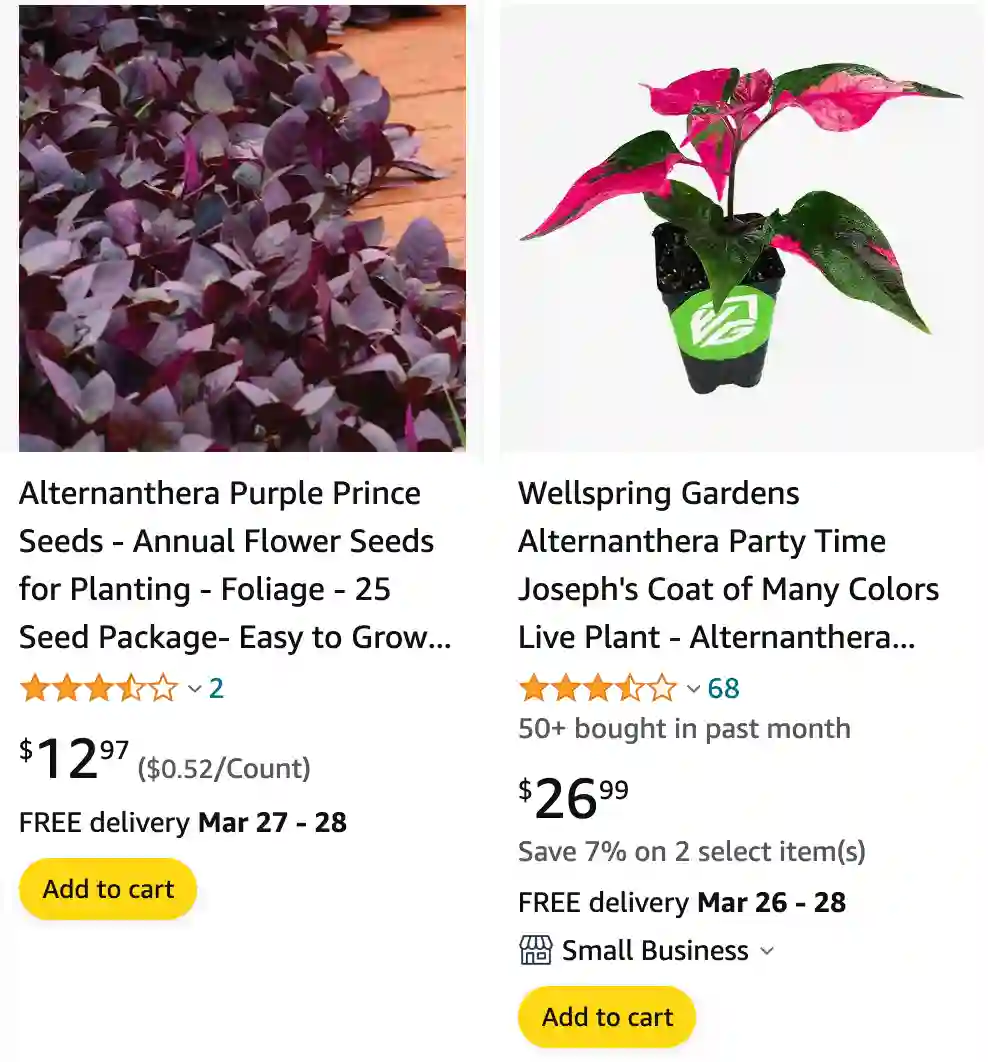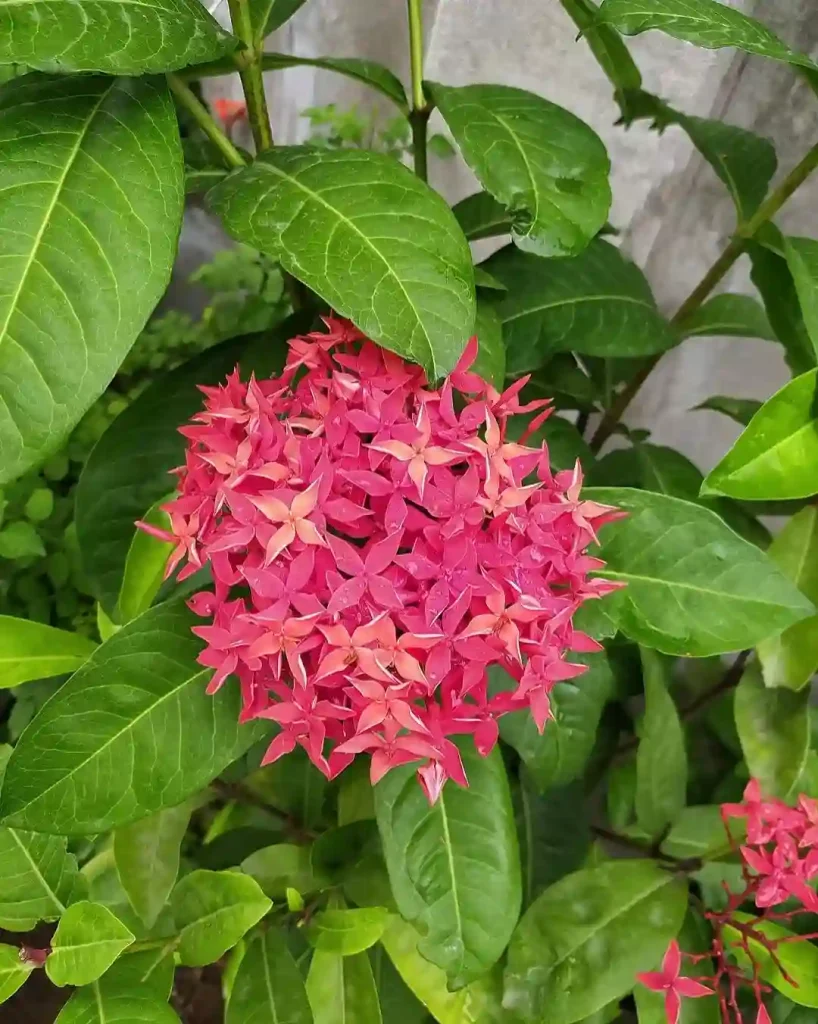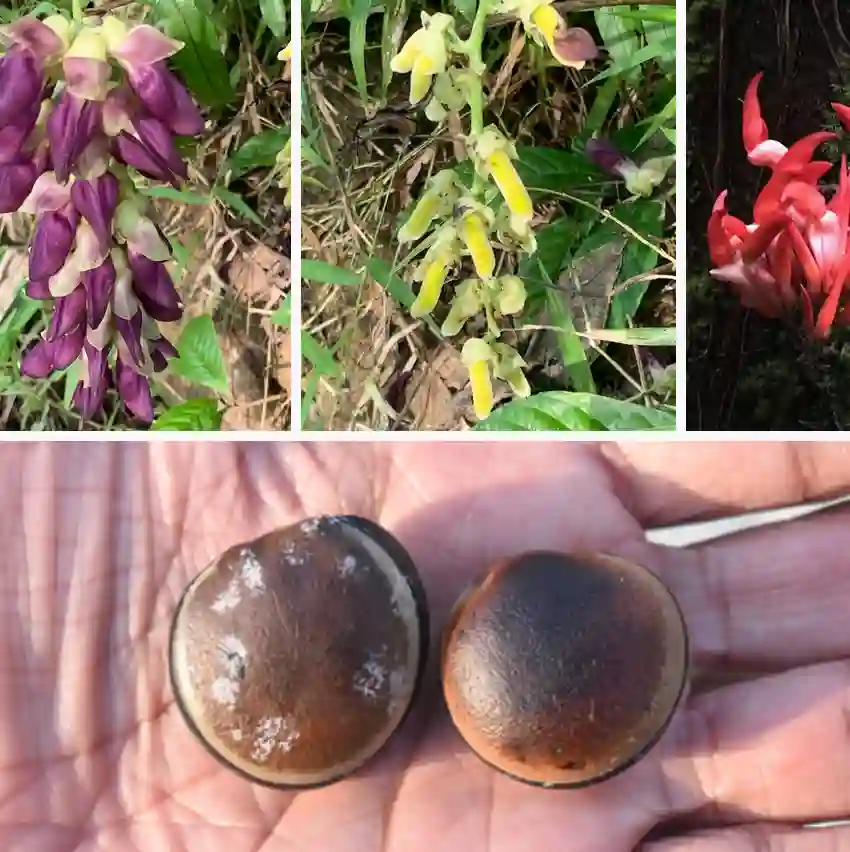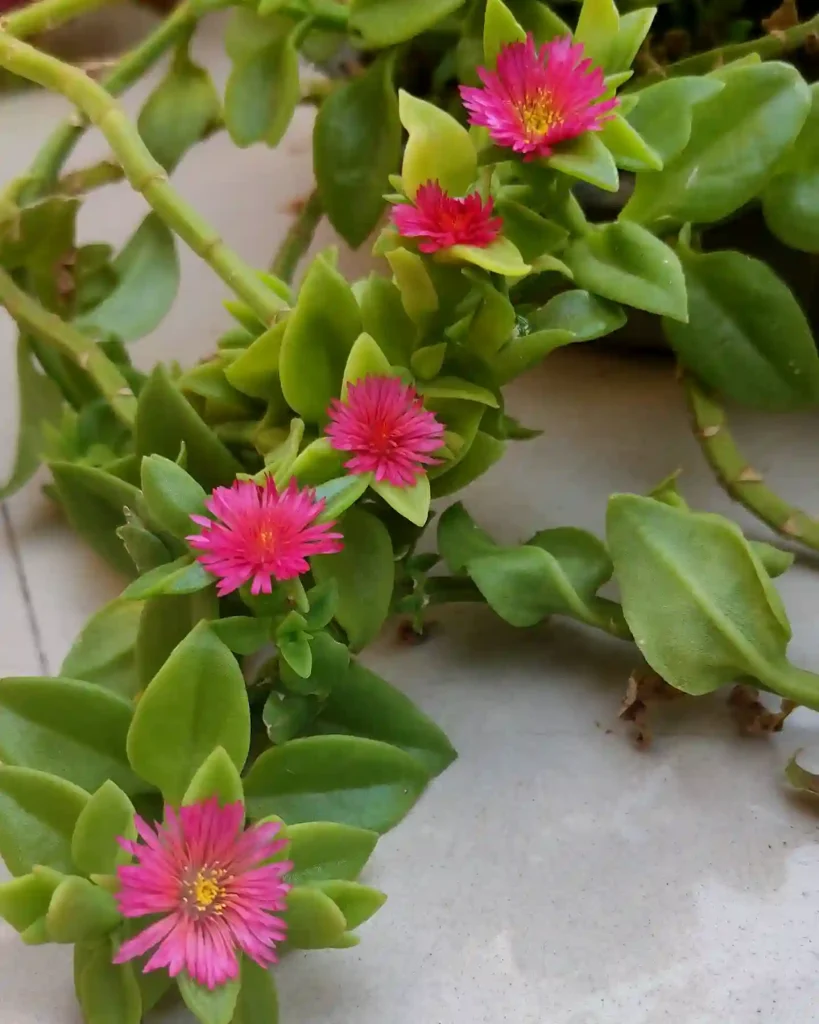
February 6 – Alternanthera
"Alternanthera, the vibrant foliage plant, shines for February 6."
With its bold and colorful leaves, Alternanthera represents creativity and passion. You are dynamic and expressive, using your talents to make the world more vibrant.
What is alternanthera plant?
The genus Alternanthera, part of the Amaranthaceae family, has always fascinated me. Its vibrant foliage and adaptability make it a standout in gardens, aquariums, and landscaping projects. Through my experiences, I’ve discovered its incredible versatility and unique role in creating striking visual displays, whether in terrestrial or aquatic environments.
Discovering the Beauty of Alternanthera
I first encountered Alternanthera during a quest for plants that could add color and texture to my garden without relying solely on flowers. Known for its bold, often multicolored foliage, this genus offers a range of species with varying growth habits, leaf shapes, and hues. From vibrant reds to deep purples and greens, Alternanthera species stand out wherever they’re planted.
For instance, Alternanthera reineckii caught my eye in an aquarium setup. Its reddish hues contrasted beautifully with the surrounding greenery, creating a captivating underwater landscape. Meanwhile, Alternanthera dentata became a staple in my outdoor garden for its lush, ground-covering growth habit.
Alternanthera species
- Alternanthera albida (Moq.) Griseb.
- Alternanthera albosquarrosa Suess.
- Alternanthera albotomentosa Suess.
- Alternanthera altacruzensis Suess.
- Alternanthera angustifolia R.Br.
- Alternanthera aquatica (D.Parodi) Chodat
- Alternanthera arequipensis Suess.
- Alternanthera areschougii R.E.Fr.
- Alternanthera axillaris (Willd.) DC.
- Alternanthera bahiensis Pedersen
- Alternanthera bettzickiana (Regel) G.Nicholson
- Alternanthera brasiliana (L.) Kuntze
- Alternanthera calcicola Standl.
- Alternanthera cana Suess.
- Alternanthera canescens Kunth
- Alternanthera caracasana Kunth
- Alternanthera cinerella Suess.
- Alternanthera collina Pedersen
- Alternanthera congesta Suess. & O.Stützer
- Alternanthera cordobensis (Standl.) Standl.
- Alternanthera corymbiformis Eliasson
- Alternanthera costaricensis Kuntze
- Alternanthera crassifolia (Standl.) Alain
- Alternanthera decurrens J.C.Siqueira
- Alternanthera dendrotricha C.C.Towns.
- Alternanthera denticulata R.Br.
- Alternanthera dominii Schinz
- Alternanthera ebracteolata Sindhu Arya & V.S.A.Kumar
- Alternanthera echinocephala (Hook.f.) Christoph.
- Alternanthera fasciculata Suess.
- Alternanthera fastigiata Suess.
- Alternanthera ficoidea (L.) P.Beauv. Plant FAQs: Alternanthera Ficoidea ‘Partytime’
- Alternanthera filifolia (Hook.f.) J.T.Howell
- Alternanthera flava (L.) Mears
- Alternanthera flavescens Kunth
- Alternanthera flavicoma (Andersson) J.T.Howell
- Alternanthera flavida Suess.
- Alternanthera flosculosa J.T.Howell
- Alternanthera galapagensis (A.Stewart) J.T.Howell
- Alternanthera geniculata Urb.
- Alternanthera glaziovii R.E.Fr.
- Alternanthera grandis Eliasson
- Alternanthera halimifolia (Lam.) Standl. ex Pittier
- Alternanthera helleri (B.L.Rob.) J.T.Howell
- Alternanthera herniarioides Beurl.
- Alternanthera hirtula (Mart.) R.E.Fr.
- Alternanthera inaccessa Pedersen
- Alternanthera indica Sindhu Arya, V.S.A.Kumar, Sánch.Pino & Iamonico
- Alternanthera ingramiana (Standl.) Schinz
- Alternanthera jacquinii (Schrad.) Alain
- Alternanthera januarensis J.C.Siqueira
- Alternanthera kanhae Vanzara, Katara & Nagar
- Alternanthera kurtzii Schinz ex Pedersen
- Alternanthera laguroides (Standl.) Standl.
- Alternanthera lanceolata (Benth.) Schinz
- Alternanthera laxa Suess.
- Alternanthera littoralis P.Beauv.
- Alternanthera lupulina Kunth
- Alternanthera macbridei Standl.
- Alternanthera markgrafii Suess.
- Alternanthera martii (Moq.) R.E.Fr.
- Alternanthera micrantha R.E.Fr.
- Alternanthera microphylla R.E.Fr.
- Alternanthera minutiflora (Seub.) Suess.
- Alternanthera mollendoana Suess.
- Alternanthera multicaulis (Mart.) Kuntze
- Alternanthera nahui Heenan & de Lange
- Alternanthera nesiotes I.M.Johnst.
- Alternanthera nodifera (Moq.) Griseb.
- Alternanthera nodiflora R.Br.
- Alternanthera obovata (M.Martens & Galeotti) Millsp.
- Alternanthera olivacea (Urb.) Urb.
- Alternanthera panamensis (Standl.) Standl.
- Alternanthera paronychioides A.St.-Hil.
- Alternanthera pennelliana Mears ex Pedersen
- Alternanthera peruviana (Moq.) Suess.
- Alternanthera philippo-coburgii (Zahlbr. ex Wawra) Suess.
- Alternanthera philoxeroides (Mart.) Griseb.
- Alternanthera porrigens (Jacq.) Kuntze
- Alternanthera praelonga A.St.-Hil.
- Alternanthera puberula (Mart.) D.Dietr.
- Alternanthera pubiflora (Benth.) Kuntze
- Alternanthera pulchella Kunth
- Alternanthera pulverulenta Moq.
- Alternanthera pumila O.Stützer
- Alternanthera pungens Kunth
- Alternanthera pycnantha (Benth.) Standl.
- Alternanthera raimondii Suess.
- Alternanthera regelii (Seub.) Schinz
- Alternanthera reineckii Briq. Plant FAQs: Alternanthera Reineckii
- Alternanthera robinsonii Suess.
- Alternanthera rufa (Mart.) D.Dietr.
- Alternanthera rugulosa (B.L.Rob.) J.T.Howell
- Alternanthera serpens Pedersen
- Alternanthera serpyllifolia (Poir.) Urb.
- Alternanthera sessilis (L.) DC. Plant FAQs: Sessile Joyweed – Alternanthera Sessilis – Red Calico Plant
- Alternanthera snodgrassii (B.L.Rob.) J.T.Howell
- Alternanthera spinosa (Hornem.) Schult.
- Alternanthera stellata (S.Watson) Uline & W.L.Bray
- Alternanthera stenophylla (Standl.) Standl.
- Alternanthera suessenguthii Covas
- Alternanthera tetramera R.E.Fr.
- Alternanthera tomentosa (Moq.) Schinz
- Alternanthera tubulosa Suess.
- Alternanthera vestita (Andersson) J.T.Howell
- Alternanthera villosa Kunth
How to grow alternanthera?
Growing alternanthera is relatively easy, especially if you provide it with the right conditions. I found that it thrives in well-drained soil and full sun to partial shade. I started by preparing the soil by adding organic matter to improve its fertility and drainage. Regular watering and occasional fertilizing helped it grow lush and healthy.
How to propagate alternanthera?
Propagating alternanthera can be done through stem cuttings. I learned this method from a fellow gardener and decided to give it a try. I took several cuttings from a mature plant, making sure each cutting had at least a couple of leaves. I then planted them in a pot filled with moist soil and kept them in a warm, bright location. Within a few weeks, roots started to develop, and I had new plants ready for transplanting.
Is alternanthera a perennial?
Yes, alternanthera is a perennial plant, which means it can survive for multiple growing seasons under the right conditions. This was great news for me because it meant I could enjoy its beauty year after year without having to replant it every season.
Is alternanthera deer resistant?
While alternanthera is not typically considered deer-resistant, I’ve noticed that deer in my area tend to leave it alone. This might vary depending on the deer population and their preferences, but I haven’t had any issues with deer munching on my alternanthera plants.
Is alternanthera poisonous to dogs?
As a dog owner, I’m always cautious about the plants I have in my garden to ensure they’re safe for my furry friends. Fortunately, alternanthera is not known to be toxic to dogs, which gives me peace of mind knowing that my pets can roam freely without any risks.
Is alternanthera toxic to cats?
Similarly to dogs, I’m also mindful of the plants that could potentially harm my cats. I did some research and found that alternanthera is generally considered non-toxic to cats, which was reassuring to know since I have a feline friend who loves exploring the garden.
Can alternanthera be planted on river banks?
Planting alternanthera on river banks can be a great idea, especially if you’re looking for plants that can help with erosion control. Its dense foliage and robust root system can help stabilize the soil along river banks, preventing erosion and adding visual interest to the landscape.
Can alternanthera be used in dry start method?
I haven’t personally tried using alternanthera in the dry start method, but I’ve read about other gardeners successfully incorporating it into their setups. The key is to ensure that the plant receives enough moisture during the establishment phase to encourage root growth and prevent it from drying out.
Can you over winter purple alternanthera?
Yes, you can overwinter purple alternanthera, but it might require some extra care, especially if you live in a colder climate. I’ve successfully overwintered purple alternanthera by bringing it indoors before the first frost and placing it in a sunny spot with adequate humidity. With proper care, it can survive the winter months and regrow in the spring.
Do deer eat alternanthera? Do rabbits eat alternanthera?
While deer typically avoid eating alternanthera, rabbits might find it more palatable. I haven’t had any issues with rabbits munching on my alternanthera plants, but it’s always a good idea to monitor your garden and take measures to protect your plants if necessary.
If i die, water my plants!



